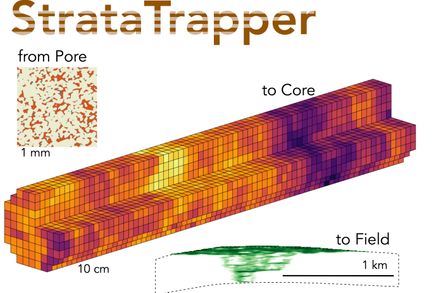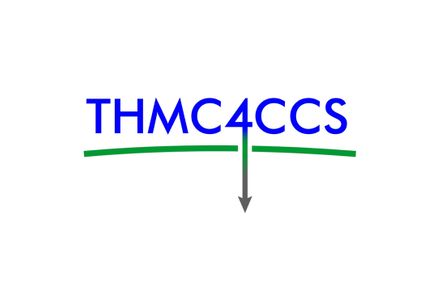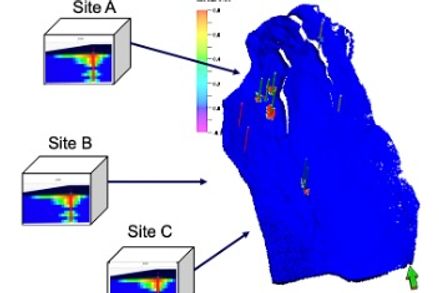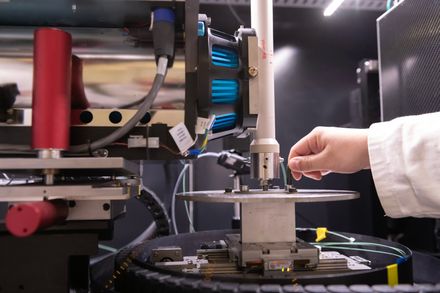BibTex format
@article{Oostrom:2015:10.1016/j.ijggc.2015.12.013,
author = {Oostrom, M and White, MD and Porse, SL and Krevor, SCM and Mathias, SA},
doi = {10.1016/j.ijggc.2015.12.013},
journal = {International Journal of Greenhouse Gas Control},
pages = {70--85},
title = {Comparison of relative permeability-saturation-capillary pressure models for simulation of reservoir CO2 injection},
url = {http://dx.doi.org/10.1016/j.ijggc.2015.12.013},
volume = {45},
year = {2015}
}





